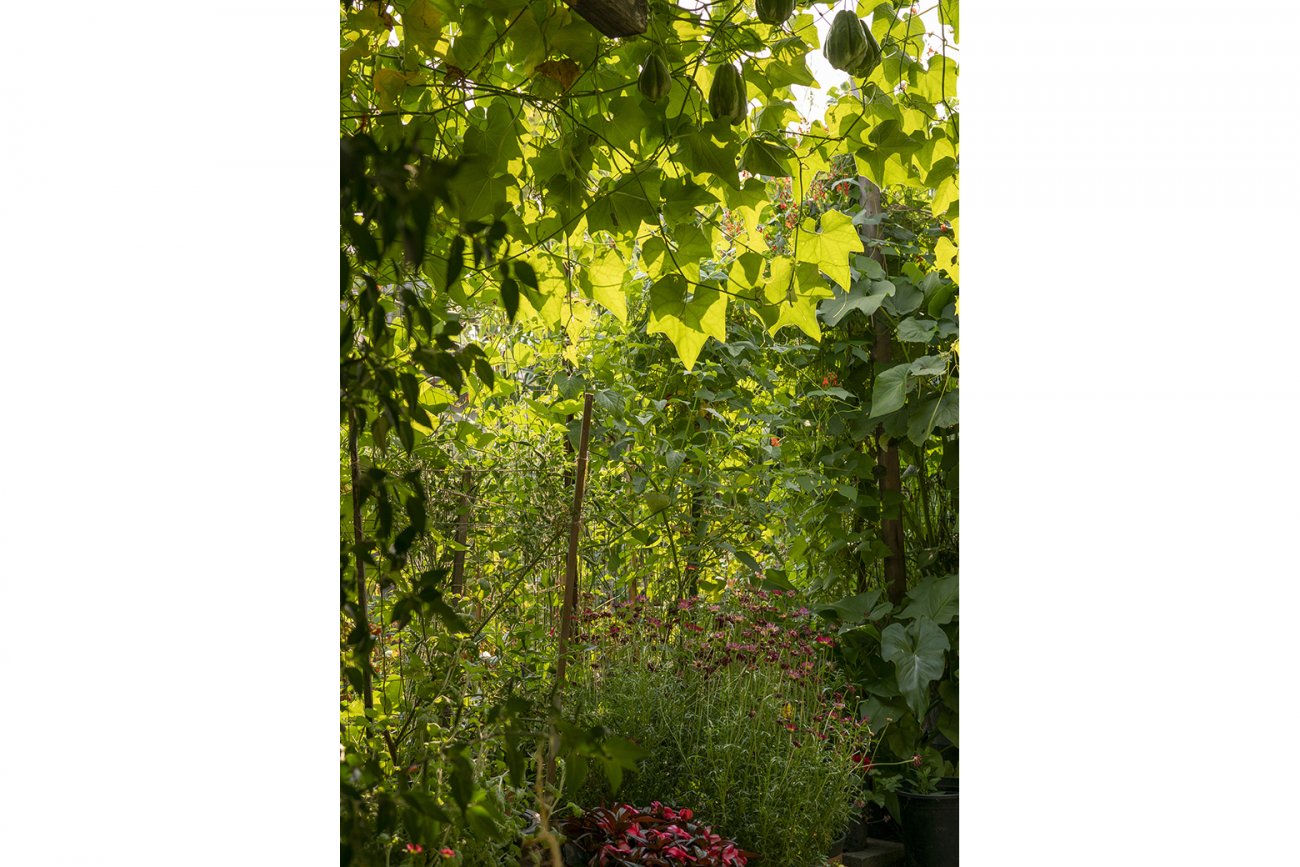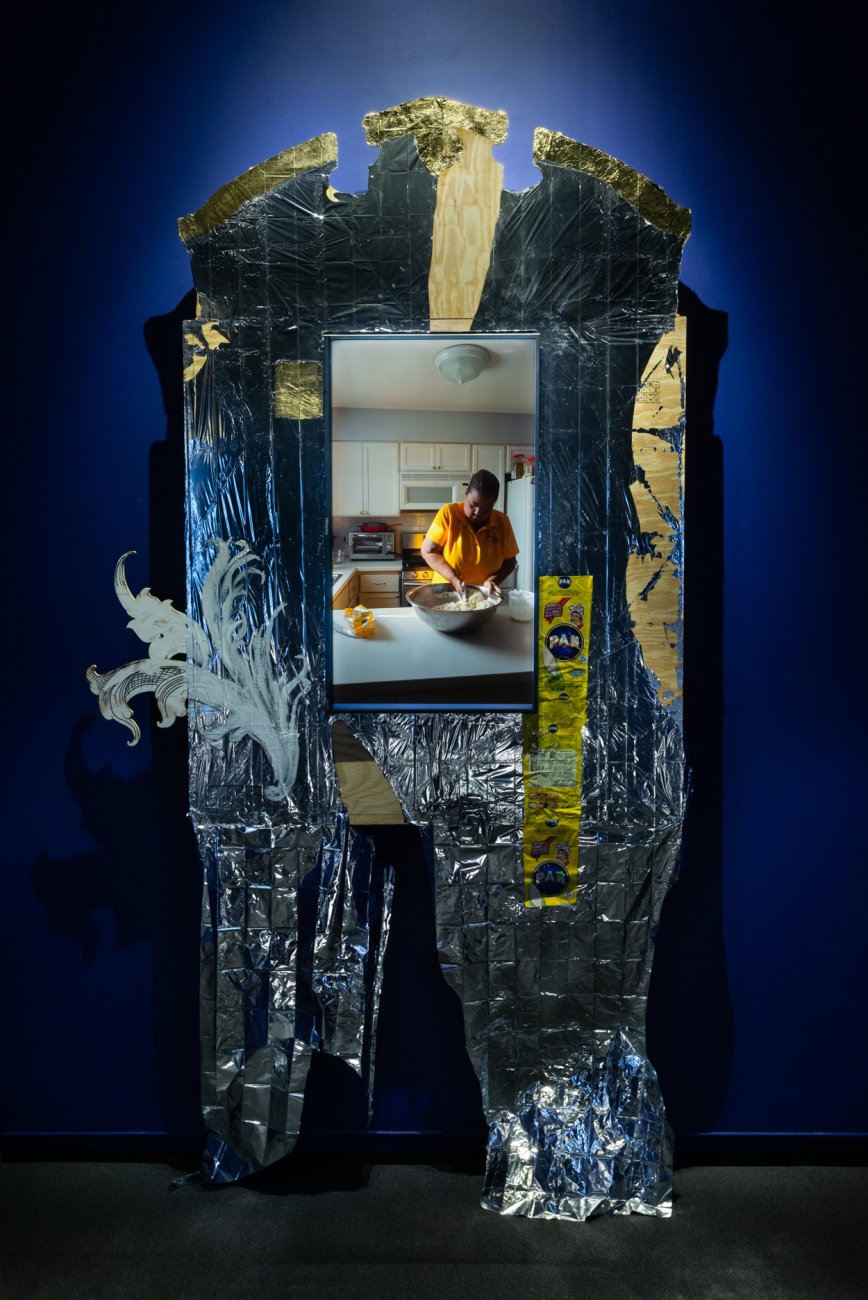

Fixing the Baroque
ACRE Projects Lakeview
Opening Reception:
ACRE Projects @ Drama Club
2439 S Oakley Avenue
Chicago ,
IL 60608
Open Hours are available by appointment. Please contact exhibitions@acreresidency.org to schedule a time to view the exhibition.

Archaeologists recently found a complete woven basket from the Neolithic era in a desert cave. This rare Neolithic basket survived by being buried in three feet of soil and because of the high temperatures and dry conditions of the area. Traditionally made of natural fibers that decay over time, baskets like these and their patterns have more commonly survived through the passing of that knowledge from elders’ hands to younger weavers. Mixtec basket weavers in Oaxaca, Mexico prepare their weaving materials through a series of careful cuts made into palm fronds which leave them with thin strands used to create baskets. Within the last couple of decades, vibrantly dyed plastic “palm” has become popular within these weaving communities. The plastic grants a permanence to the patterns of these baskets.
This project comes from my long-standing effort to learn about my parents' Mixtec culture; this time through their gardening practices. I turn to the garden as a source of ancestral knowledge — a knowledge that provides nourishment in many forms. Gardens reflect self-sustainability, and the indisputable connection indigenous people have to land. These works reflect the knowledge my parents have shared from their homeland San Juan Mixtepec in Oaxaca, Mexico. I offer them as a reflection and record of my on-going process of learning this ancestral knowledge.
Bibliography
Cusi, Erica. Indigenous Media in Mexico: Culture, Community, and the State. Duke University Press Books, 2013.
Estrin, Daniel. “Archaeologists Discover Additional Dead Sea Scroll Fragments In Desert Caves.” NPR, 16 Mar. 2021.
Le Guin, Ursula K. The Carrier Bag Theory of Fiction. 1986.
Opening Reception:
ACRE Projects @ Drama Club
2439 S Oakley Avenue
Chicago ,
IL 60608
Open Hours are available by appointment. Please contact exhibitions@acreresidency.org to schedule a time to view the exhibition.